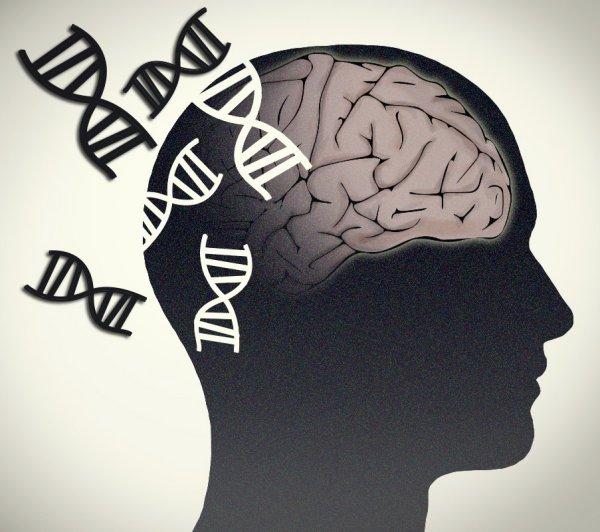
The progression of a neurodegenerative disease is slow—possibly taking decades to develop—patient-specific, and can be conflated with other aging processes. In addition, there are gaps in the understanding of the molecular mechanisms of these diseases. All of these converging factors make disease progression difficult to predict.
A new study published today illustrates that artificial intelligence (AI) analysis of blood samples can be used to predict disease progression. Researchers at the Neuro (Montreal Neurological Institute and Hospital) of McGill University and the Ludmer Centre for Neuroinformatics and Mental Health used an AI algorithm to analyze the blood and post-mortem brain samples of patients with Alzheimer’s and Huntington’s diseases. The goal of the research was to find molecular patterns specific to these diseases, driven in part by the lack of longitudinal gene expression data that is available.
The work is published in a paper titled, “Blood and Brain Gene Expression Trajectories Mirror Neuropathology and Clinical Deterioration in Neurodegeneration” published in Brain.
By evaluating 1,969 subjects in the spectrum of late-onset Alzheimer’s and Huntington’s diseases, the researchers developed a novel method that reveals gene expression patterns in the diseased population. They write that the unsupervised machine learning algorithm “strongly predicted neuropathological severity.” The work shows that the algorithm was able to detect how the patients’ gene expression pattern changed over decades, offering the first long-term view of molecular changes underlying neurodegeneration.
When the AI was applied to in vivo blood samples at baseline, the authors noted, “it significantly predicted clinical deterioration and conversion to advanced disease stages, supporting the identification of a minimally invasive (blood-based) tool for early clinical screening.”
“This test could one day be used by doctors to evaluate patients and prescribe therapies tailored to their needs,” said Yasser Iturria-Medina, Ph.D., assistant professor in the department of neurology and neurosurgery at the Neuro, and the study’s first author. “It could also be used in clinical trials to categorize patients and better determine how experimental drugs impact their predicted disease progression.”
Not only could this be useful clinically, but the technique also allows the discovery of genes and molecular pathways, in both peripheral and brain tissues, that are highly predictive of disease evolution. The AI is a promising tool for revealing complex neuropathological mechanisms, with direct implications for implementing personalized dynamic treatments in neurology. The authors noted that “85–90% of the most predictive molecular pathways identified in the brain are also top predictors in the blood. These pathways support the importance of studying the peripheral-brain axis, providing further evidence for a key role of vascular structure/functioning and immune system response.”
Previous studies of neurodegeneration often used static or “snapshot” data, and are therefore limited in how much they can reveal about the typically slow progression of disease. In contrast, this study uncovered the chronological information contained in large-scale data by covering decades of disease progression, revealing how changes in gene expression over that time are related to changes in the patient’s condition.
Iturria-Medina said their next steps will be testing these models in other diseases such as Parkinson’s disease and amyotrophic lateral sclerosis.











